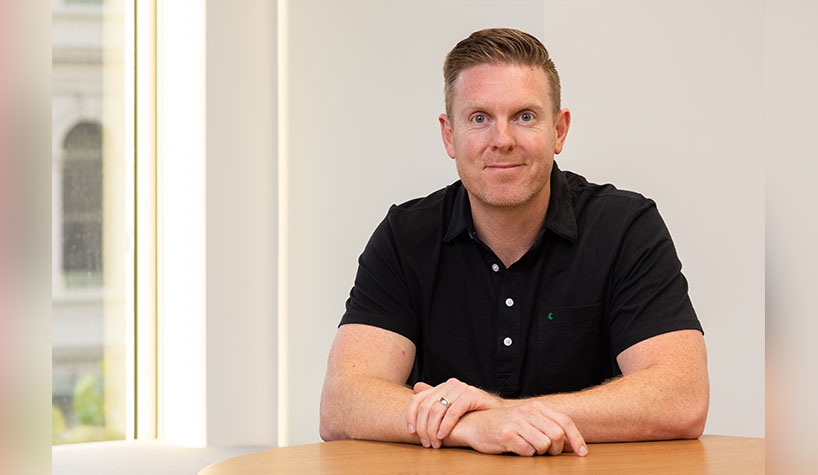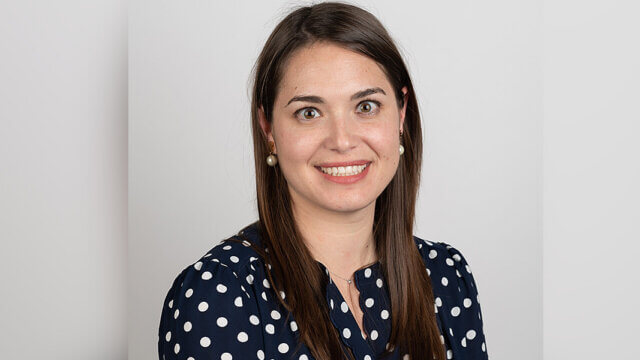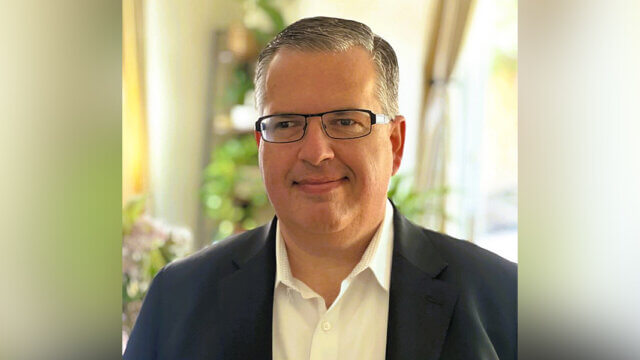By Campbell Brown
If there is one thing the past year has taught us, it’s that the world can change—quickly. Businesses across the board took major hits, particularly within the hospitality and travel industries, which reported record low earnings as various restrictions and health concerns kept people at home. However, as vaccinations are becoming more widely available, it’s clear people around the globe are eager to get back to traveling. In fact, data shows that experts anticipate the travel surge will be so big, businesses such as hotels and airlines may not be ready for the high demand. In addition, a recent survey revealed that 75% of travelers have already booked, or plan to book, a post-vaccine trip in the next three-six months.
With all that in mind, the question is how hospitality and travel businesses can best prepare for this expected surge in demand before it takes them by surprise. Strangely enough, the answer lies within the pandemic itself; to get a clear understanding of how to build an accurate demand forecasting model, we can look at three major aspects:
- The changes in demand—a machine learning model can detect the shifts in the demand curve post-pandemic, including long-term and short-term business trends as well as seasonality.
- The need to track economic recovery rates and create models to account for them so a company can be prepared.
- Increased demand as the recovery progresses, which will be spurred by the volume of rescheduled events that spur demand, such as concerts, sports games and a return to normal university operations.
Hotels and airlines particularly need to prepare for rescheduled events so they can be sure they are prepared for any major surges, therefore models need to pick these up immediately and accurately. In fact, we already saw that Delta recently canceled 100 as the airline struggled to keep up with increased travel. Now that many states are lifting COVID restrictions and expect to fully open by summer, Delta is not the only business at risk to keep up with an inevitable surge in demand.
To account for these changes, the hospitality and travel industries need to look at demand planning for COVID-19 recovery in four key steps. Implementing them will help ensure the demand forecasting process is robust and flexible enough for not only the likely surge in travel over the next few months but other abnormal circumstances that will invariably happen.
Step one: Conduct an updated demand analysis that takes into consideration your new position, as well as cyclical demand and anomalies.
It’s inevitable that businesses such as airlines and hotels will get back to normal, but that doesn’t mean the route back to it will be a smooth one. With all the changes in restrictions around travel and hospitality throughout the past year, two foundational factors have changed for almost every company: your resource and reserves position (and therefore flexibility and margins), as well as being in entirely uncharted territory for demand planning. You need to take stock of where your company is today and reassess core elements you’ve potentially not invested significant energy or team time into assessing in years. The key to this will be deconstructing your historical demand data to understand what drives it.
Step two: Establish a quantitative baseline and your temporally dynamic changing feature for the coronavirus recovery rate.
The demand analysis outlined in the previous step will identify your updated quantitative baseline, as well as the levers you can pull to impact it.
You will now need to factor in your COVID-19 recovery rate. This recovery rate will evolve rapidly, and differently for each industry and market. It’s important to keep your 2020 forecast data as well as your historical data for the year so you know how to formulate your coronavirus recovery rate as a temporally dynamic changing feature.
This will establish your estimated baseline for demand recovery and enable models to evolve accurately as new information becomes available, such as restrictions lifting or restrictions going back into effect.
Step three: Proactively identify demand opportunities and prepare strategies to make the most of them.
While much of the world has lifted restrictions and some are now restoring them, demand forecasting teams need to be proactive about identifying other catalysts of demand beyond the general baseline demand. Hotels have done this by repurposing some of their rooms for other recreational purposes. Restaurants have done this by adding outdoor seating. These were all decisions that drove incremental demand for those businesses.
Step four: Prepare your baseline recovery strategy with multiple reviews and opportunity to iterate as needed.
No demand planning is complete without revision and assessment. The coronavirus recovery has already proven to be an intense period of significant change, so you will need to review your demand forecasting and associated plans much more frequently than you would otherwise while taking into account any new outbreaks or signs of improvement.
With travel restrictions varying across different regions, it’s crucial to recognize that different markets will recover at different rates. Continuous planning will help businesses within these industries be better prepared for whatever comes. That means keeping all your data, past and present, and using it to continue making the best decisions possible.
Campbell Brown is the cofounder/CEO of PredictHQ.
This is a contributed piece to Hotel Business, authored by an industry professional. The thoughts expressed are the perspective of the bylined individual.


